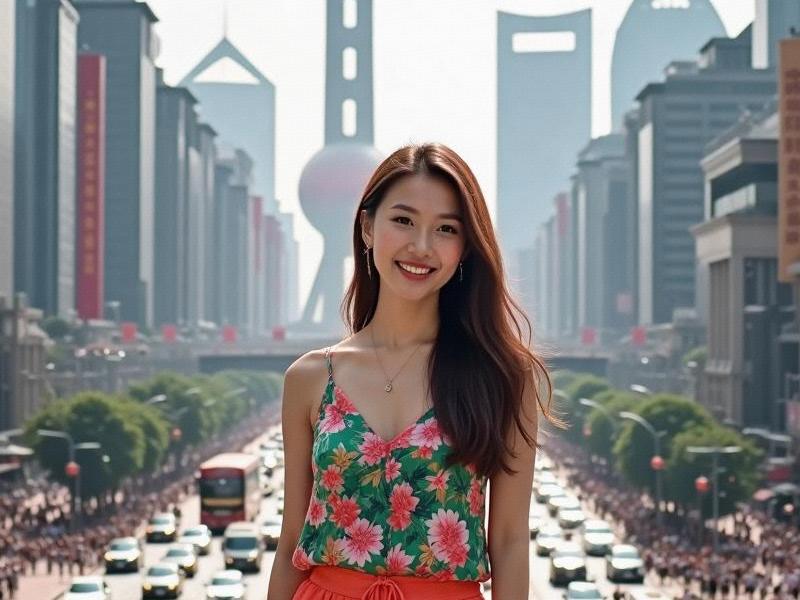
1. The Shanghai Beauty Phenomenon
Shanghai has long been China's fashion capital, with local women developing a signature style that combines:
- Historical influences:
• 1930s Shanghai glamour revival
• Qipao modern reinterpretations
• Art Deco aesthetic elements
- Global fusion:
• 68% incorporate international designer pieces
• 42% follow overseas beauty vloggers
• K-beauty/J-beauty hybrid routines
2. Beauty Industry Insights
Market data reveals:
- Consumption patterns:
• ¥38 billion annual beauty spending
• 25% premium cosmetics market share
• 3.2 beauty products purchased monthly (avg)
上海花千坊爱上海 - Service sector growth:
• 1,200+ high-end beauty salons
• 85% adoption of smart skincare tech
• 60% annual growth in aesthetic medicine
3. Style Archetypes
Four predominant fashion personas:
1. The Modern Traditionalist (32%)
• Contemporary qipao styling
• Heritage craftsmanship
• Minimalist makeup
2. The Global Citizen (28%)
• International runway looks
• Cross-cultural accessories
• Experimental beauty tech
3. The Corporate Chic (25%)
• Power tailoring
• Luxury investment pieces
爱上海同城对对碰交友论坛 • "No-makeup" makeup
4. The Creative Maverick (15%)
• Avant-garde silhouettes
• Bold color statements
• Artistic self-expression
4. Cultural Significance
This evolution reflects:
- Economic empowerment:
• 68% of luxury purchases by women
• 42% senior management female
• 35% entrepreneurship rate
- Social transformation:
• Body positivity movement growth
• Age-inclusive beauty campaigns
• Sustainability consciousness
5. Industry Challenges
上海品茶工作室 Key issues facing the sector:
- Counterfeit products (¥2.8b annual losses)
- Regulatory changes (ingredient restrictions)
- Market saturation (300+ new brands yearly)
- Sustainability pressures
Future Outlook
Emerging trends include:
- Tech-enhanced beauty:
• AI skincare analysis
• AR makeup testing
• Smart mirror adoption
- Cultural renaissance:
• Hanfu fusion styles
• Heritage beauty revival
• Art collaboration collections
Shanghai women continue to pioneer beauty innovations that resonate across China while maintaining their distinctive metropolitan identity in an increasingly globalized world.
